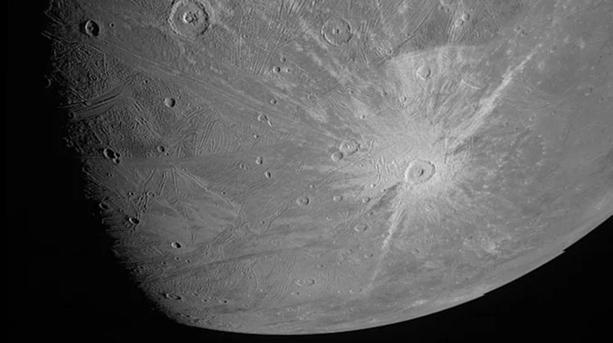To imagine Janimid, Jupiter's ice satellite and the largest moon in our solar system, can be a major challenge.(I am still in "stop, this is a big moon.“It understands a completely different story, and the scholars are still working on it.Whether you are looking to learn more about the giant moon or the disclosure of its puzzles, you are now "listening" to the side of the side in space.
NASA's jet laboratory was launched on Friday 50 seconds an audio track, which you can listen to below, created using data taken by the Juno spacecraft while it was closing Flyby Janimid on June 7.Registration data with Juno's waves was collected tools that measure the electrical and magnetic waves produced in the magnetic cover of Jupiter.NASA then converted the frequency of the gathered broadcasts into the sound range to create the audio track.
Scott Bolton, the main researcher of Juno's mission at the South Western Research Institute in San Antonio, presented the registration at the autumn meeting of the American Geophysical Union.In 2011, Juno's mission was launched aimed at enhancing our understanding of the formation of giant planets and their role played in creation of the solar system.
Bolton said in a statement..Press article by NASA.“If you listen closely, you can hear the sudden change to higher frequencies in the middle of the registration, which represents the entry to a different area of the magnetic cover of the Ghanimid..“

G / O Media may win a commission
Save 50 dollars
Smart security lock from Eufy
Lock and open your door from any spanning it automatically when the sensor notes that the door is closed, holds a BHMA 2 degree safety certificate, and works after more than 250,000 use.
Juno of Janimid's flight occurred on its thirty -fourth trip around Jupiter and was the nearest spacecraft that reached the largest moon in the solar system, which is larger than the planet Mercury, since the Galileo spacecraft approached in 2000.
The spacecraft managed to approach a distance of 1038 km from the surface.
